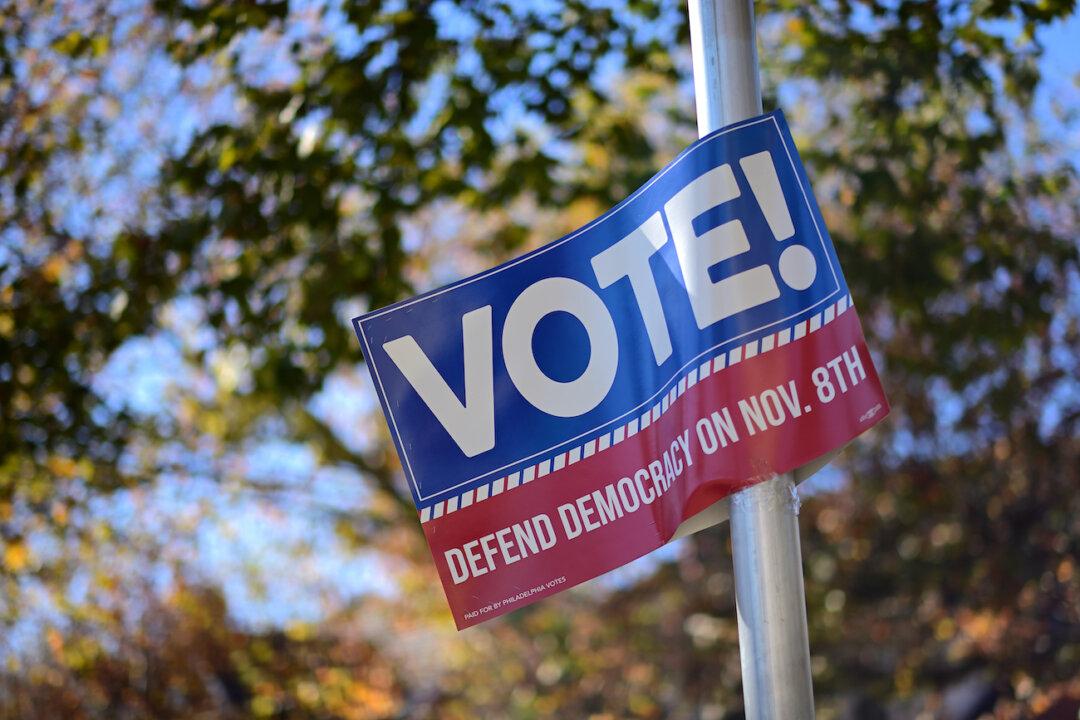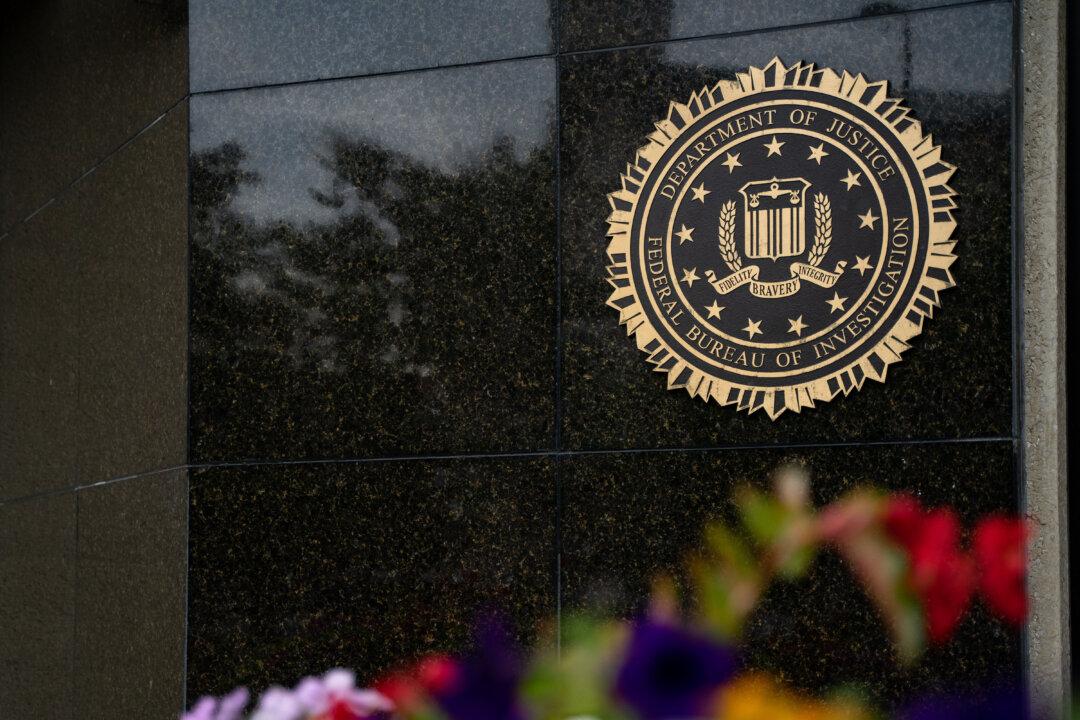Commentary
In 2019, when I was puzzled by the hostile attitude taken by The Times of London toward Brexit—the then-prospective and now just-completed exit of Britain from the European Union—I asked a friend of mine who also knows the paper’s owner, Rupert Murdoch, why it had done so.





